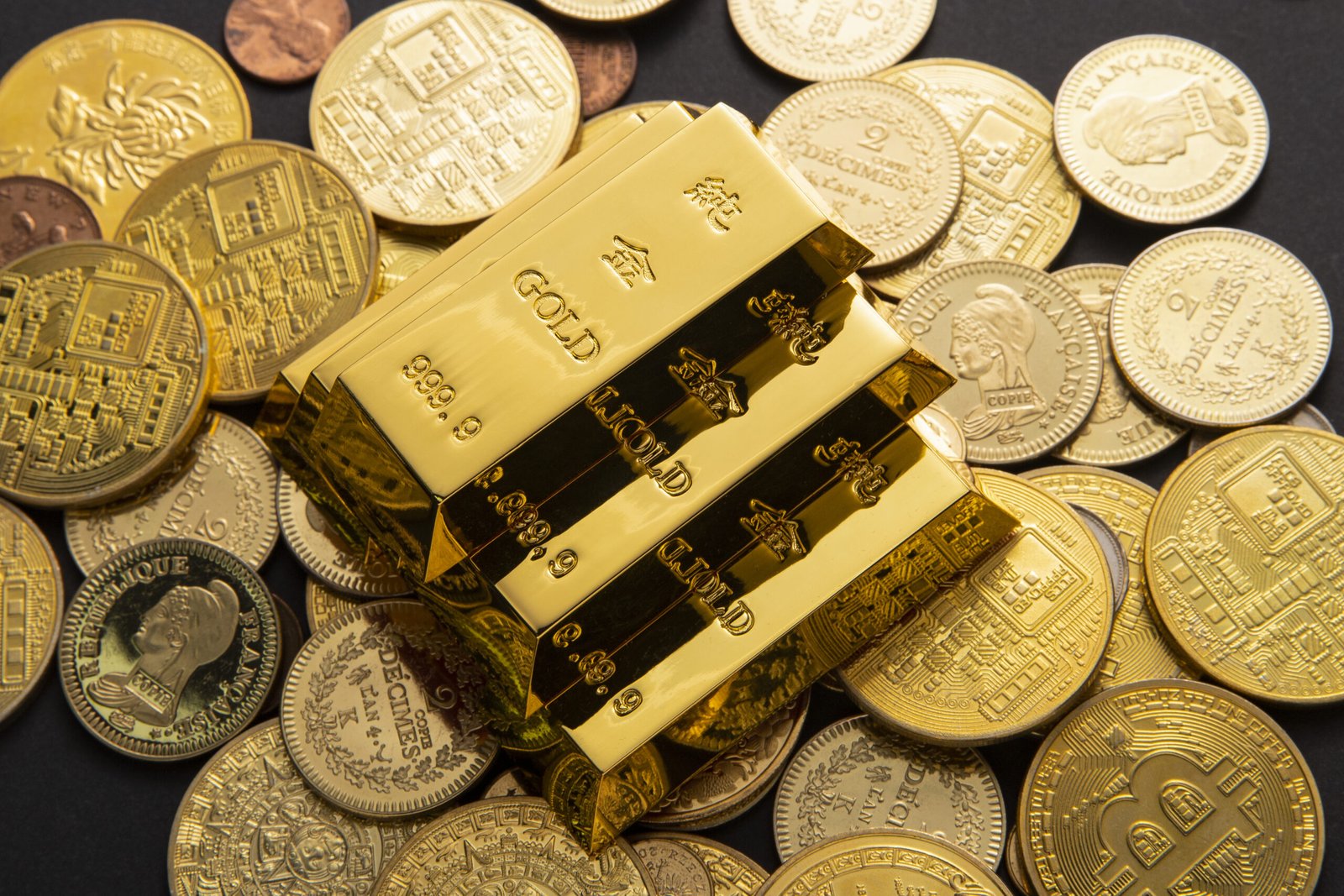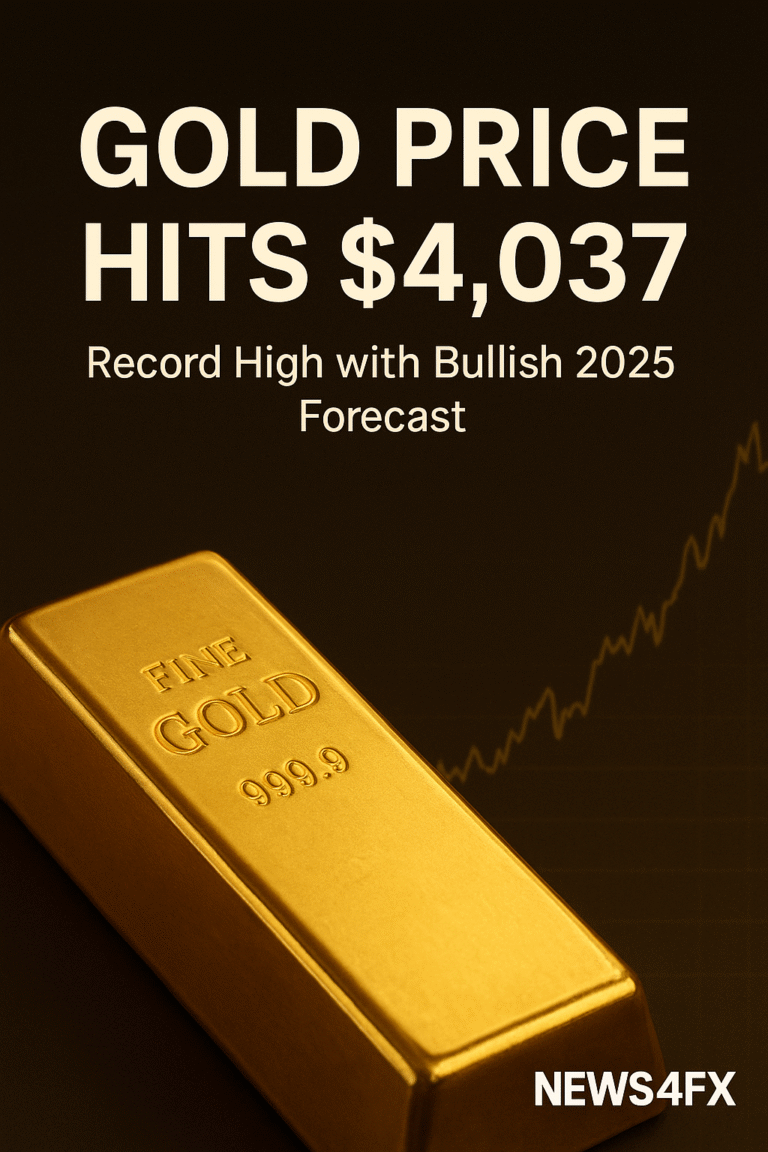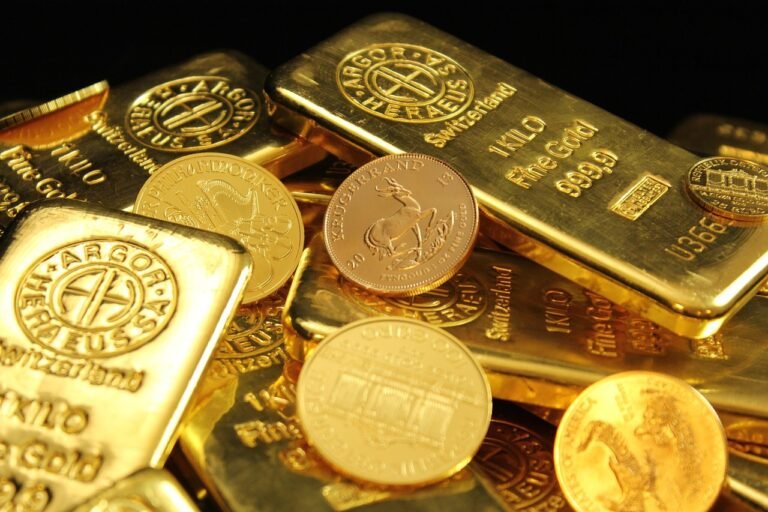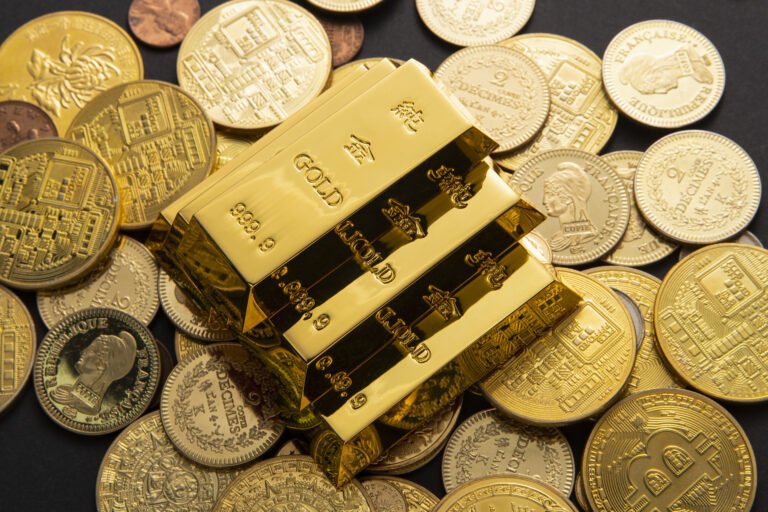
Gold bars stacked in a vault highlight gold’s role as a safe-haven asset and global economic driver.
Gold Price Retreats to $3,641 After Hitting $3,800 High: What’s Next for the Market?
The gold price has pulled back sharply after touching a record high of $3,800 per ounce just two days ago. On Thursday, the precious metal was trading around $3,641, as traders booked profits following the historic rally. However, safe-haven demand, central bank buying, and global economic uncertainty continue to shape gold’s long-term outlook.
Gold Price Supported by Safe-Haven Demand
Gold remains the world’s most trusted safe-haven asset. During times of geopolitical tension and economic instability, investors often turn to gold as protection against risk. The recent rally toward $3,800 reflected fears of slowing global growth, persistent inflation, and uncertainty in financial markets.
Why Gold Matters in Global Markets
Gold is not only a hedge against inflation but also plays a central role in currency stability. Central banks across Asia, Europe, and the Middle East have increased their gold reserves in recent years. This trend highlights gold’s importance in supporting national balance sheets and diversifying away from the U.S. dollar.
Impact of Gold Price on People, Banks, and the Economy
The movement in the gold price affects more than just investors. It has direct and indirect effects on households, banks, and entire economies.
How Gold Prices Affect Consumers
When gold prices rise, jewelry becomes more expensive. This impacts consumer spending, particularly in countries like India and China where gold is culturally important. Higher prices may reduce demand in the retail sector, but they also increase the value of family-held gold assets.
Impact on Banks and Financial Institutions
Banks benefit when gold prices rise because it strengthens the value of gold-backed assets and collateral. However, sharp price swings can increase volatility in financial markets. Central banks holding large reserves may see gains in value, which improves national financial stability.
Effect on the Global Economy
Gold prices also influence currencies and trade flows. Rising gold values often signal weaker confidence in paper currencies. As a result, governments may adjust monetary policies to stabilize their economies.
Outlook: Where Could the Gold Price Go Next?
After reaching $3,800, the correction toward $3,641 shows healthy profit-taking. However, analysts believe that long-term demand remains strong. Factors such as ongoing geopolitical risks, global debt levels, and inflation trends could push the gold price back toward recent highs.
Key Drivers to Watch in Gold Markets
-
Central bank gold purchases
-
Inflation and interest rate policies
-
Currency market volatility
-
Geopolitical risks in Eastern Europe and the Middle East
Conclusion
The gold price remains one of the most closely watched indicators in global markets. Although the recent pullback reflects short-term profit-taking, its role as a safe-haven asset continues to support long-term demand. For investors, banks, and governments alike, gold remains central to financial security and global economic stability.




